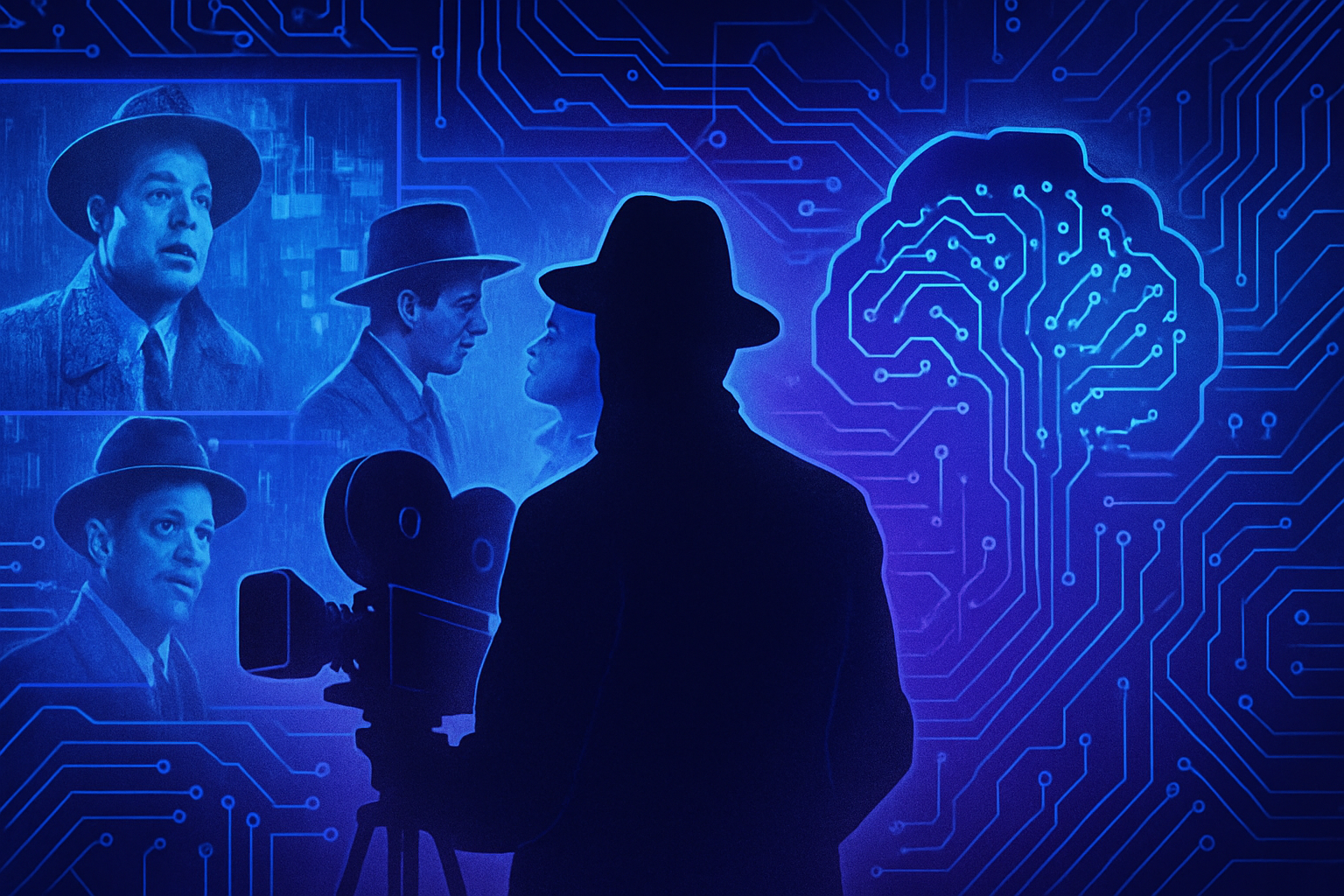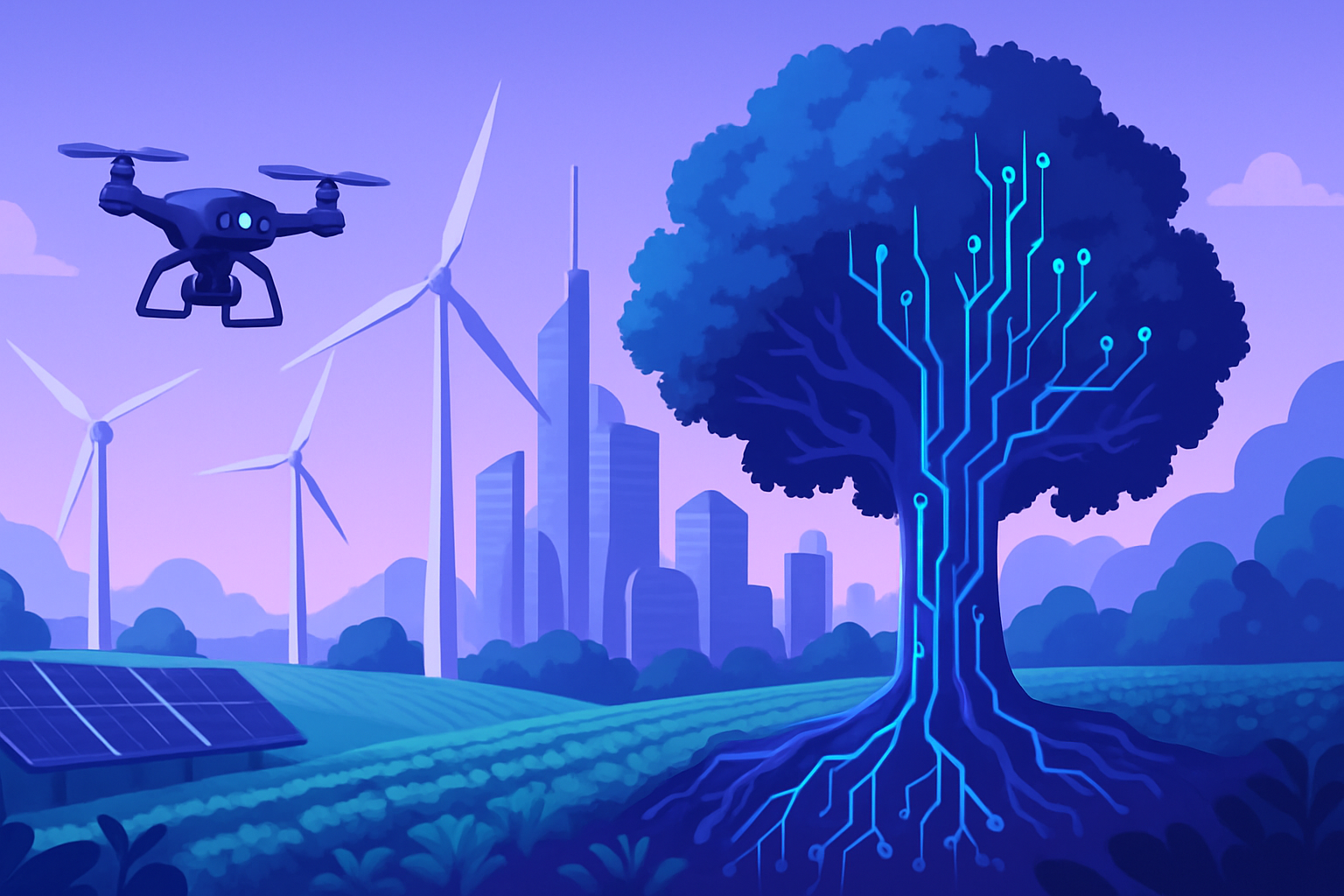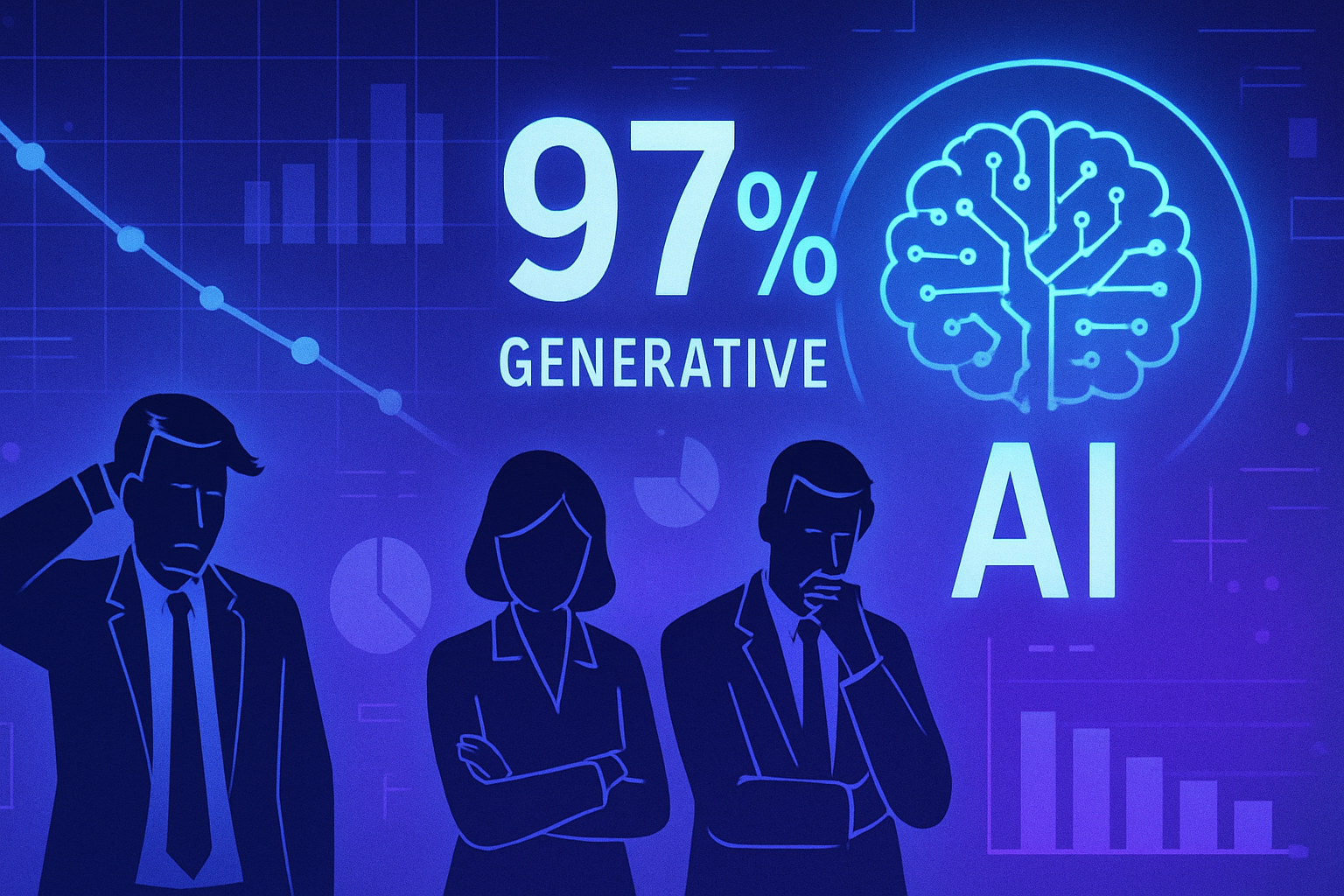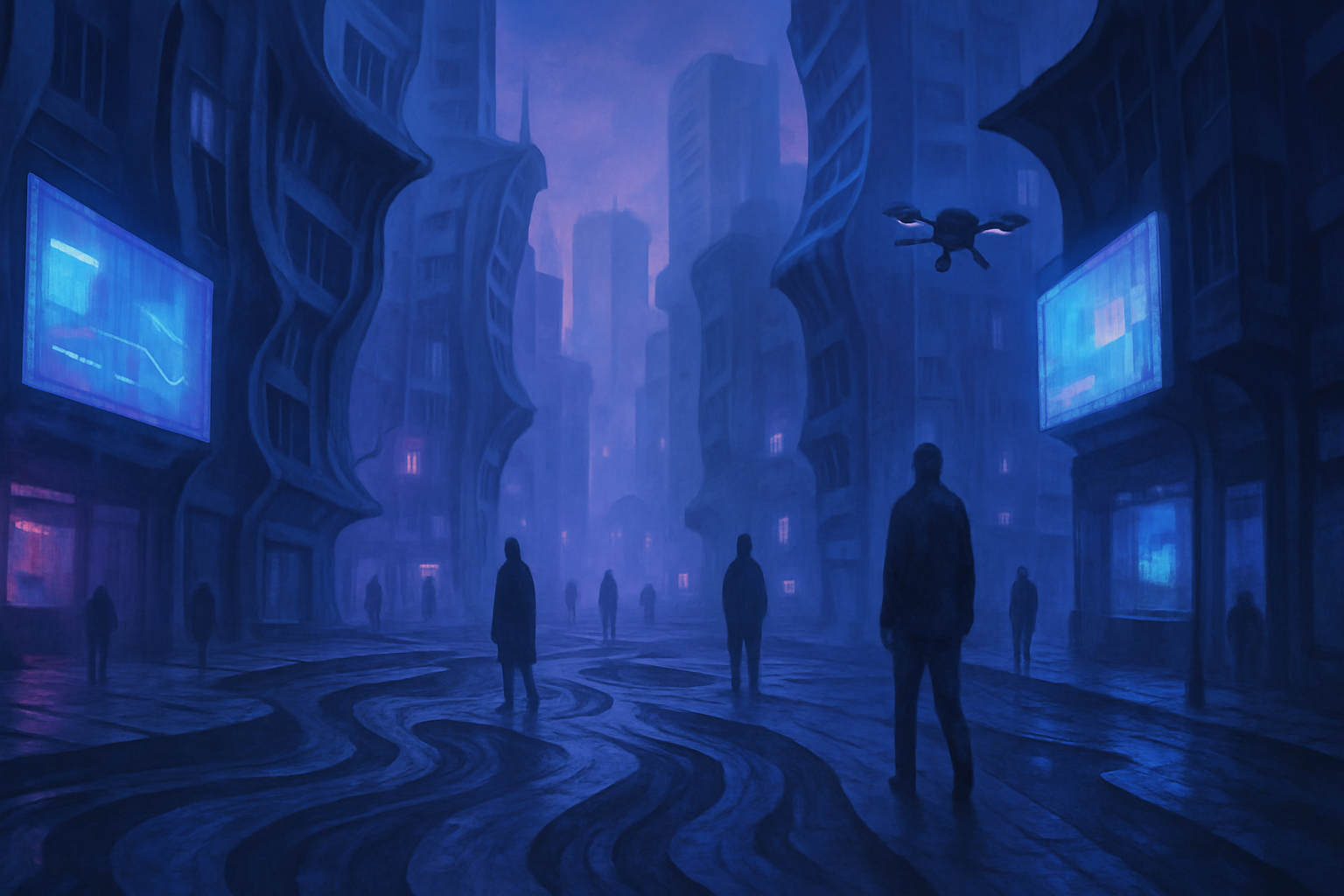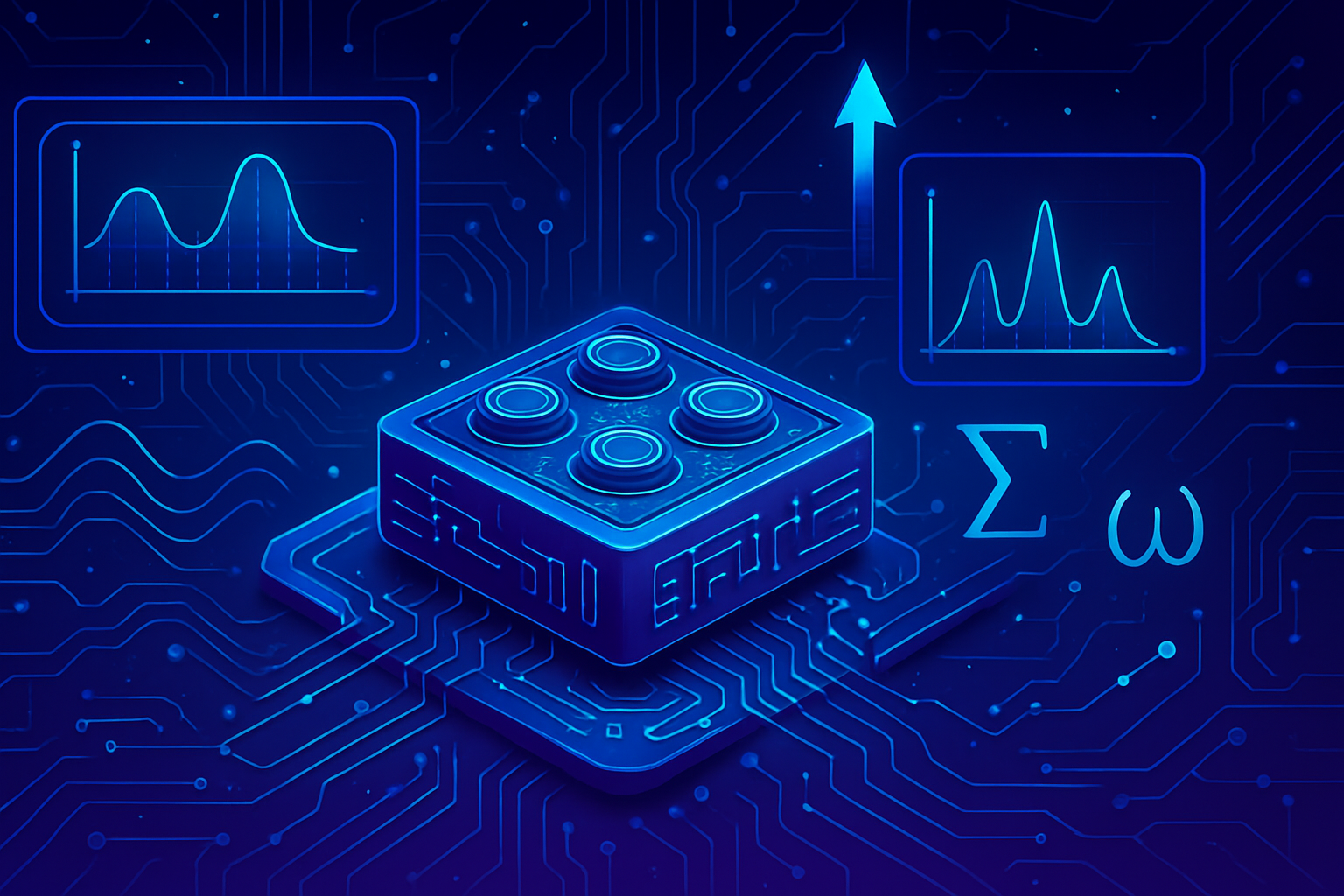The incursion of artificial intelligence into the field of robotics marks a revolution. An innovative AI model, MotionGlot, transforms textual commands into dynamic movements, adapting to various robots and avatars. This technological advance liberates the expression of ideas by facilitating communication between humans and machines.
*The translation of textual data into precise actions* offers unprecedented perspectives in human-robot interaction. A diversity of applications thus becomes conceivable thanks to this method. *The adaptability of MotionGlot* disrupts the fields of video games, virtual reality, and digital animation.
The transition from linguistic instruction to physical implementation constitutes a major advancement. By taking into account the varied morphology of animated entities, this technology paves the way for enriched human collaboration.
An innovative AI model for movement generation
Researchers at Brown University have developed an artificial intelligence model named MotionGlot. This model generates movement trajectories based on textual commands, enabling the animation of both quadruped robots and human avatars. This advance marks a significant step in the field of AI, echoing the achievements of models such as ChatGPT, which generate text from user instructions.
Operation of the MotionGlot model
Users can simply formulate instructions such as “walk a few steps forward and turn right.” In response, the model translates these commands into appropriate movements for different types of embodiments, ranging from humanoid robots to animals. This ability to translate movements from one form to another significantly expands the potential applications of AI in various contexts.
Movement translation process
The progress made by MotionGlot is based on the idea of considering movement as a language. According to Sudarshan Harithas, a doctoral student in computer science at Brown and project leader, this allows for an interpretation of verbal commands, translating their meaning into physical actions. By relying on pre-existing language models, MotionGlot can model actions by breaking down movements into units comparable to words in a text.
This approach leads to a fine modeling of body positions. For example, the walking process of a human and that of a dog are fundamentally different, but MotionGlot manages to translate them effectively from one context to another.
Learning and performance of the model
The model was trained on two richly annotated datasets, each containing hours of movement data. The first, called QUAD-LOCO, includes videos of quadruped robots performing various actions, accompanied by detailed descriptions. The second, QUES-CAP, captures real human movements, also enriched with captions and relevant annotations.
The ability of MotionGlot to generate precise actions from textual instructions, even if those have never been encountered before, demonstrates its robustness. During tests, it was able to interpret directives such as “a robot walks backward, turns left then moves forward” with an impressive success rate.
Potential applications and future developments
The implications of this technology are vast. MotionGlot can be applied in various fields, including human-robot collaboration, video games, virtual reality, as well as digital animation and video production. Researchers also plan to make the model and its source code publicly available, encouraging further research and the development of new applications.
The results of this research will be presented soon at the 2025 International Conference on Robotics and Automation in Atlanta, thereby illustrating the team’s commitment to continuous innovation in this dynamic field.
For more contexts around technological advances related to AI, you may refer to articles like The MIT-Portugal Program, or an AI-powered music composition partner.
Finally, the ability of MotionGlot to respond emotionally to questions, such as by showing a person running when asked for a demonstration of cardio activity, opens fascinating perspectives for human interaction with machines.
Frequently asked questions
What is the MotionGlot model?
MotionGlot is an artificial intelligence model capable of generating movement trajectories from textual commands, adapting to different types of robots and animated avatars.
How does MotionGlot work to translate textual instructions into movements?
The model breaks down instructions into units called “tokens,” which represent elements of movement. It then generates appropriate movements by predicting subsequent actions based on these tokens.
What types of entities can MotionGlot animate?
MotionGlot can animate a variety of entities ranging from quadruped robots to humanoid figures, thus allowing for a wide range of robotic applications.
What is the main innovation introduced by MotionGlot?
The main advance of MotionGlot lies in its ability to translate movement commands between different types of entities, making the technology applicable to various spatial configurations.
What data were used to train the MotionGlot model?
The model was trained on two datasets, QUAD-LOCO for quadruped robots and QUES-CAP for human movements, comprising hours of annotated movement data.
How does MotionGlot manage movement differences between entities?
MotionGlot is designed to understand and adapt the meaning of movements such as “walk” to produce correct movement outputs, regardless of the commanded entity, whether it be a humanoid or a robot dog.
What types of applications could benefit from MotionGlot?
Potential applications include human-robot collaboration, video games, virtual reality, as well as the production of digital and video animations.
Is it possible to use MotionGlot for movements it has never seen before?
Yes, the model can generate appropriate movements even for instructions it has not specifically encountered during its training.
Where can I find the source code for MotionGlot?
Researchers plan to make the model and its source code publicly available, allowing other researchers to use and extend it.
What are the future implications of MotionGlot technology?
This technology opens new perspectives for human-machine interactions, particularly in the fields of education, training, and physical activity simulation.

